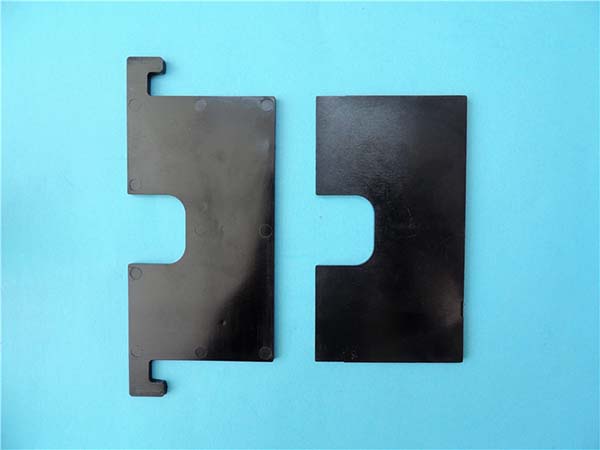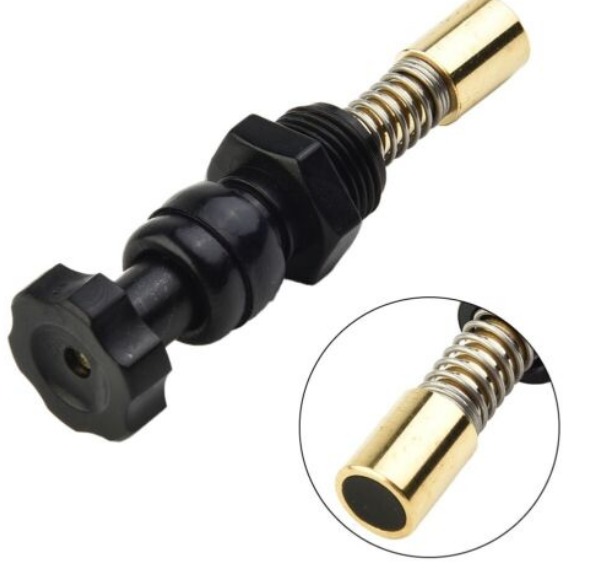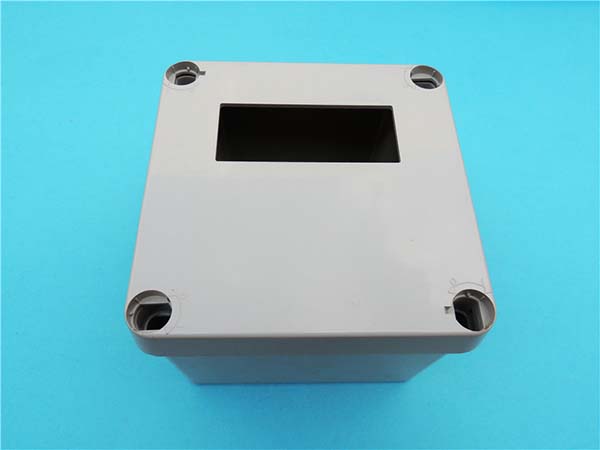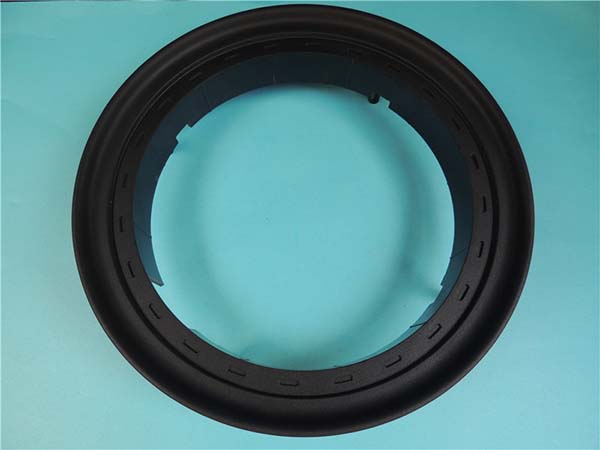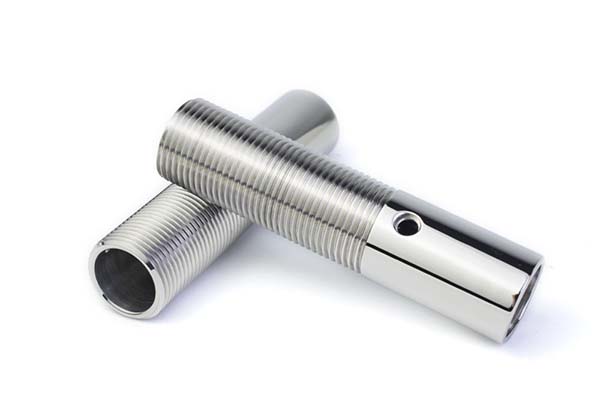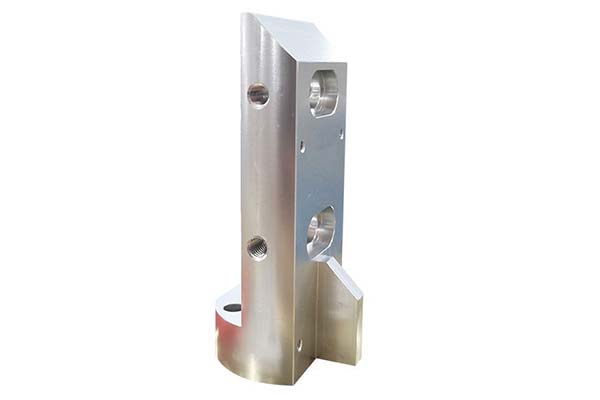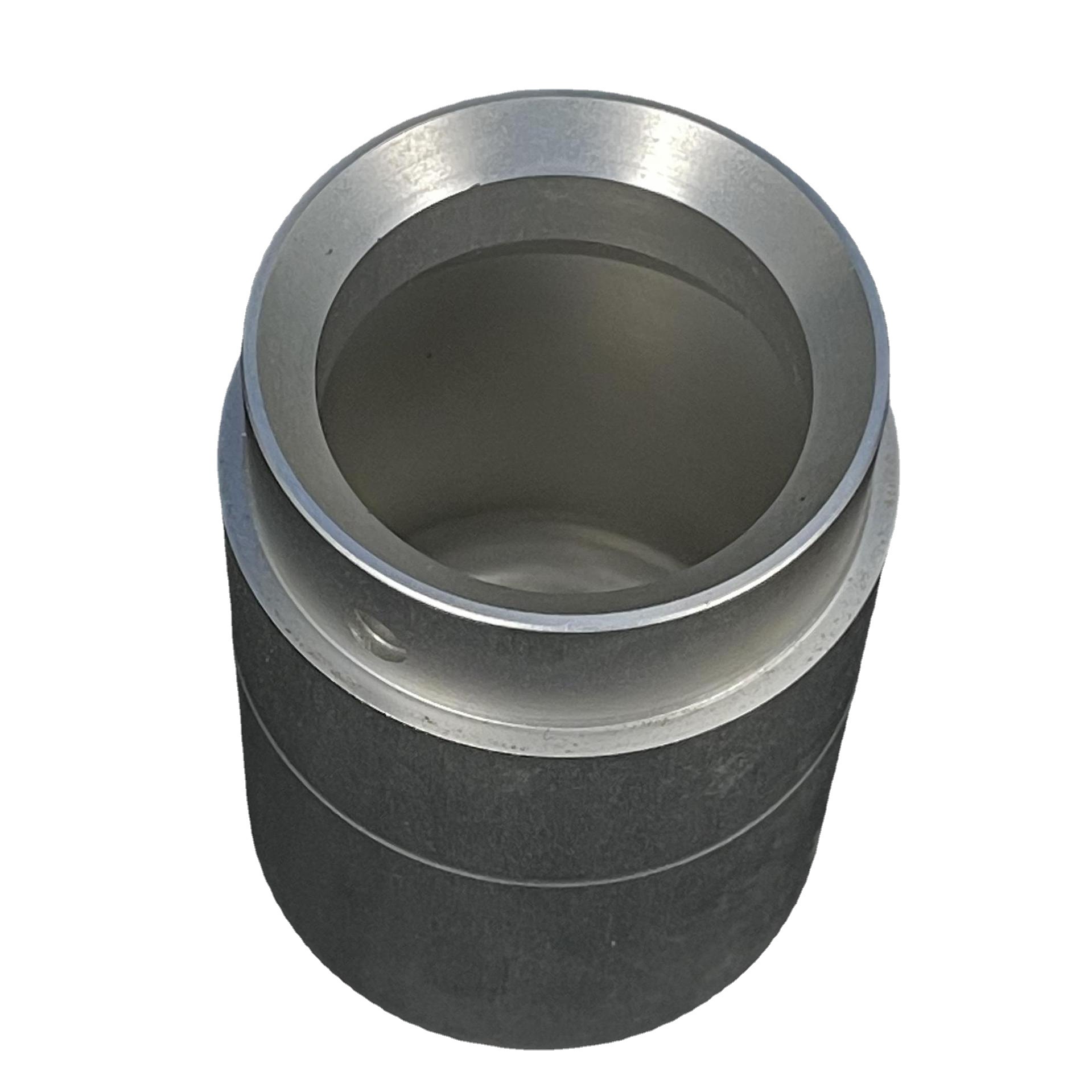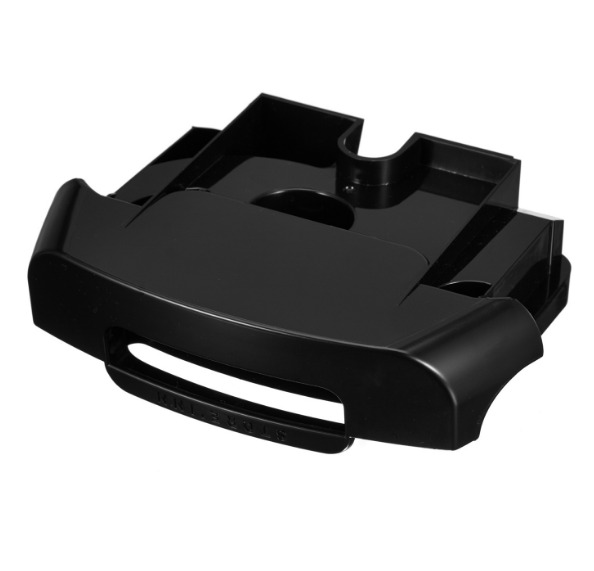CNC machining of Acetal (Delrin) is a staple in manufacturing high-performance parts, yet it comes with its own set of hurdles. Manufacturers often grapple with achieving consistent surface finishes due to Acetal’s low friction, managing tool wear from its high crystallinity, and preventing dimensional shifts caused by heat during machining. This guide addresses these pain points, offering expert strategies to master Acetal machining.
Material Properties of Acetal (Delrin)
Acetal, commonly known by the brand name Delrin and chemically as Polyoxymethylene (POM), is a high-performance engineering plastic with a unique blend of properties. Its mechanical properties are standout: a tensile strength of 60-70 MPa, making it suitable for load-bearing parts, and a hardness of 80-85 Shore D, ensuring rigidity without brittleness.
In terms of chemical resistance, Acetal holds up well against oils, greases, and aliphatic solvents, though it can be damaged by strong acids and oxidizing agents. Its thermal properties include a melting point of 165-175°C and a continuous use temperature of up to 100°C, with short-term exposure to 120°C possible without significant degradation.
With a density of 1.41-1.43 g/cm³, Acetal is denser than many plastics but still lighter than metals like aluminum. It boasts excellent impact resistance (25-30 kJ/m²), outperforming materials like nylon in low-temperature environments. These properties, combined with low moisture absorption (<0.2%), give Acetal exceptional dimensional stability—critical for parts requiring tight tolerances.
| Property | Acetal (Delrin) | Nylon 6 | Polycarbonate |
| Tensile Strength | 60-70 MPa | 45-60 MPa | 65-70 MPa |
| Hardness (Shore D) | 80-85 | 75-80 | 80-85 |
| Impact Resistance | 25-30 kJ/m² | 20-25 kJ/m² | 60-75 kJ/m² |
| Max Service Temp | 100°C | 80°C | 120°C |
CNC Machining Processes
CNC machining of Acetal leverages Computer Numerical Control to achieve precision across various processes:
- Milling: Ideal for creating complex 3D shapes, slots, and holes. 3-axis mills handle most Acetal parts, while 5-axis mills are used for intricate geometries.
- Turning: Produces cylindrical parts like shafts and bushings with high accuracy.
- Drilling: Requires sharp bits to prevent cracking around hole edges, especially in thin sections.
- Cutting: Shearing Acetal sheets with CNC routers yields clean edges when speeds are optimized.
Machining centers equipped with high-speed spindles are preferred for Acetal, as they reduce heat buildup. CNC programming using CAM software (such as Mastercam or Fusion 360) allows for precise toolpath generation, ensuring each cut is optimized for Acetal’s properties.
Tool Selection for Acetal (Delrin) Machining
Choosing the right tools is critical for efficient Acetal machining:
- Carbide tools are the top choice for their wear resistance, especially when machining large volumes. Grade K10 carbide works well for general purposes, while coated carbide (TiAlN) extends tool life by 30-40%.
- High-speed steel (HSS) tools are suitable for low-volume jobs or prototyping, though they require more frequent sharpening than carbide.
- End mills with 2-4 flutes are effective: 2-flute designs for better chip evacuation, 4-flute for finer surface finishes. A helix angle of 30-45° improves chip flow.
- Drills with a 118° point angle and polished flutes prevent chip clogging, reducing the risk of cracking.
- Reamers ensure tight-tolerance holes, with carbide reamers holding tolerances of ±0.002 mm.
Tool geometry plays a key role—sharp cutting edges (radius <0.02 mm) minimize material deformation, while flute count balances chip removal and surface quality. Tool coatings like TiN reduce friction, preventing heat buildup that can warp Acetal.
Machining Techniques and Parameters
Optimizing machining techniques and parameters is essential for Acetal:
- Cutting speed: 150-250 m/min for milling, 100-200 m/min for turning. Higher speeds risk heat-induced warping.
- Feed rate: 0.1-0.2 mm/tooth for milling, 0.1-0.15 mm/rev for turning. Adjust based on tool diameter and material thickness.
- Depth of cut: 1-3 mm for roughing, 0.1-0.5 mm for finishing passes to avoid surface burns.
- Spindle speed: 3000-6000 RPM for milling, 1000-3000 RPM for turning, depending on tool diameter.
Toolpath strategies matter: Climb milling (where the tool cuts into the material) reduces tool wear compared to conventional milling. Maintaining a consistent chip load (0.01-0.03 mm/tooth) prevents chip buildup. Monitoring tool wear is critical—replace tools when cutting edges show signs of dullness to avoid surface defects.
Applications of CNC Machined Acetal (Delrin) Parts
CNC machined Acetal parts are used across industries for their versatility:
- Automotive parts: Fuel system components, door lock mechanisms, and gearshift knobs benefit from its wear resistance and chemical tolerance.
- Mechanical components: Bearings, bushings, and gears rely on its low friction and dimensional stability for smooth operation.
- Medical devices: Non-implantable tools like surgical instrument handles use Acetal for its chemical resistance and easy sterilization.
- Electrical insulators: Terminal blocks and switch components leverage its electrical insulation properties.
- Consumer products: Zippers, toy parts, and appliance components use Acetal for its durability and low cost.
- Prototyping: Acetal’s machinability makes it ideal for functional prototypes, allowing designers to test form and fit before production.
Quality Control and Surface Finishing
Ensuring quality in Acetal machining involves rigorous quality control measures:
- Dimensional accuracy checks using micrometers and calipers verify tolerances, which can be as tight as ±0.005 mm with proper setup.
- Inspection with coordinate measuring machines (CMMs) ensures complex geometries meet specifications.
- Surface roughness testing confirms finishes of Ra 0.4-0.8 μm, achievable with optimized cutting parameters.
Surface finishing for Acetal is often minimal due to its naturally smooth machined surface:
- Polishing with fine-grit sandpaper (800-1200 grit) can achieve a mirror finish (Ra <0.2 μm) for aesthetic parts.
- Deburring removes sharp edges, critical for safety in consumer products and medical devices.
- Coating is rarely needed but possible with proper surface preparation, though Acetal’s low surface energy may require priming.
Adhering to standards like ISO 9001 ensures consistent quality, with process controls monitoring cutting parameters and tool wear to prevent defects.
Yigu Technology's Perspective
Yigu Technology specializes in CNC machining Acetal (Delrin), leveraging our deep understanding of its properties to deliver precision parts. We use carbide tools with optimized geometries and strict parameter controls to minimize tool wear and maintain tight tolerances. Our quality control team employs advanced inspection tools to verify every part, ensuring surface finishes and dimensions meet client requirements. Whether producing high-volume gears or custom medical components, we tailor our approach to maximize Acetal’s strengths, delivering reliable, cost-effective solutions.
FAQ
- How does Acetal (Delrin) compare to nylon in machining?
Acetal machines more cleanly than nylon, produces less dust, and holds tighter tolerances due to lower moisture absorption, though nylon offers better impact resistance at low temperatures.
- Can Acetal be used in food-contact applications?
Yes, food-grade Acetal (compliant with FDA 21 CFR 177.2470) is safe for food-contact parts like conveyor components and packaging machinery.
- What causes Acetal parts to warp during machining?
Warping is typically caused by uneven heat distribution from excessive cutting speeds or dull tools. Using sharp tools, optimizing feed rates, and applying coolants (air or light oil) prevents this.
